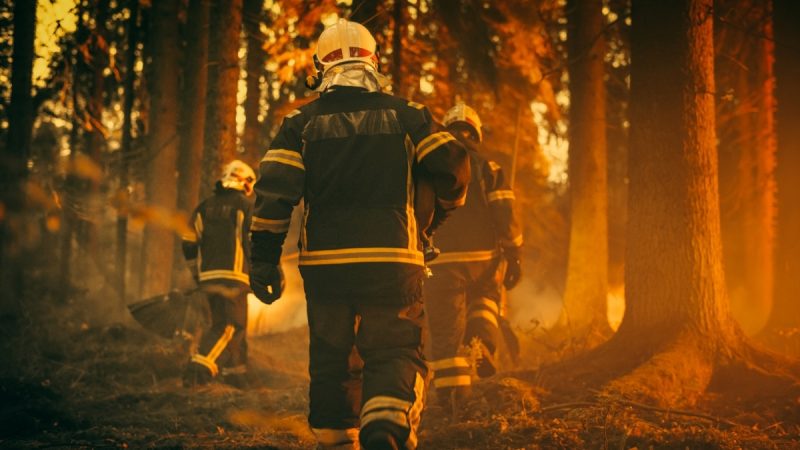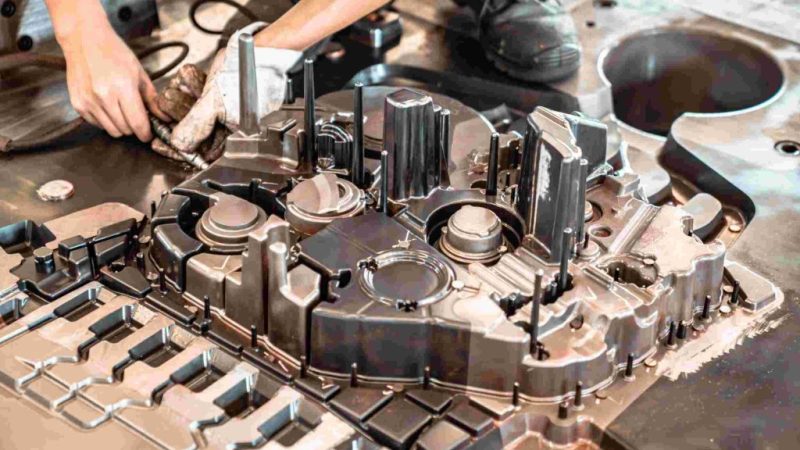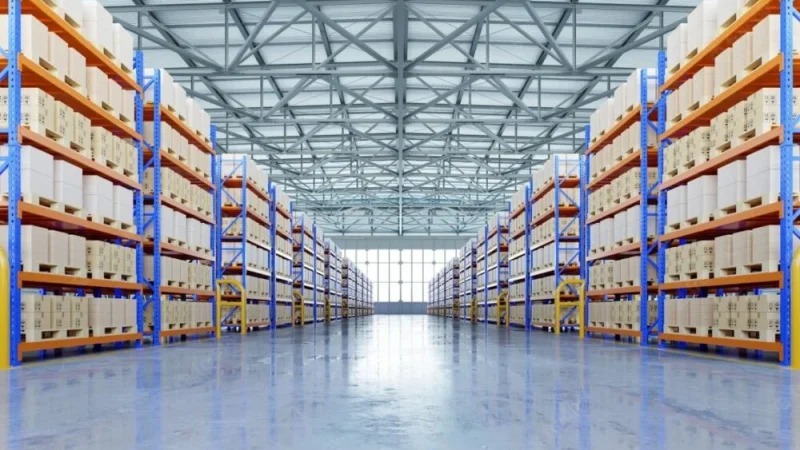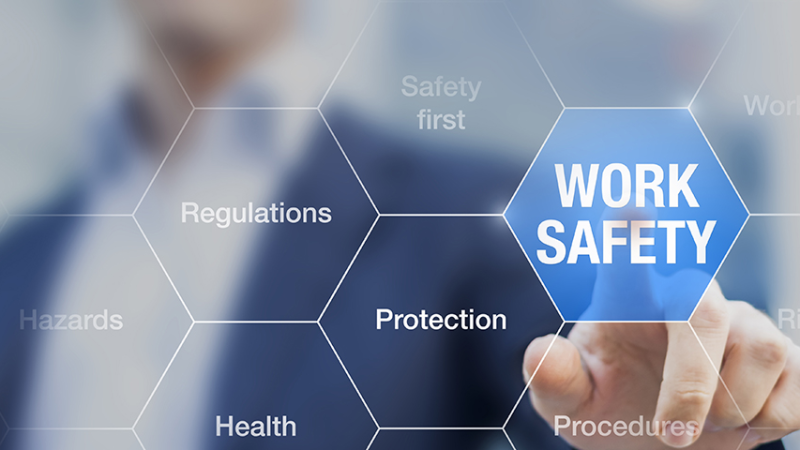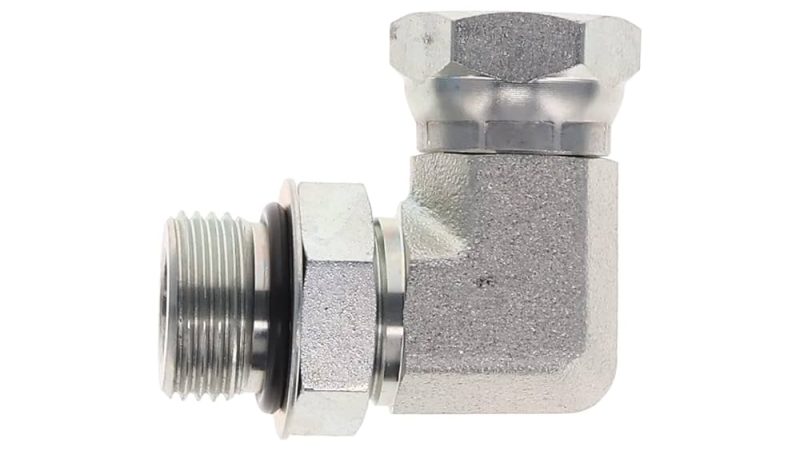Understanding Energy Modelling and Its Role in Managing Energy Use
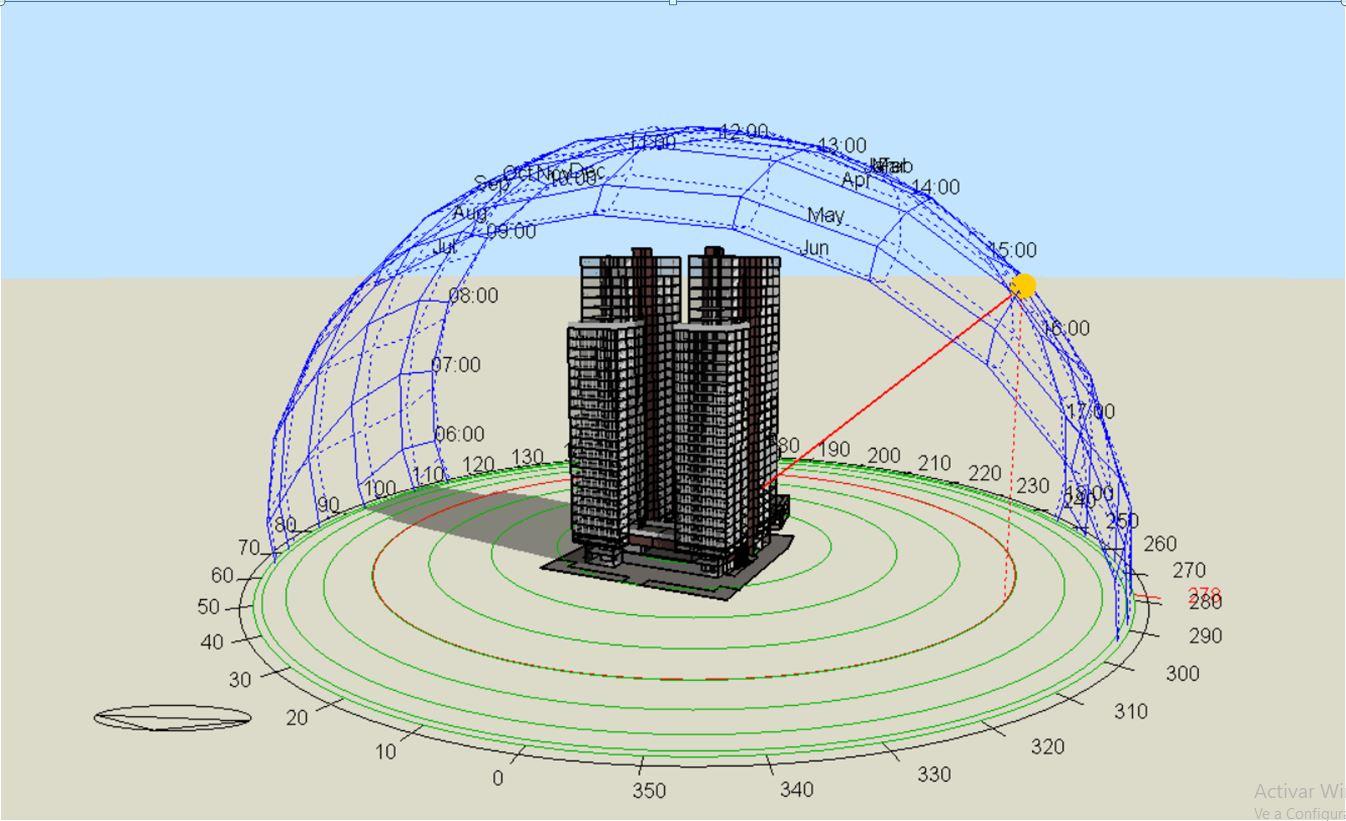
Energy modelling is a helpful method that allows companies, governments, and individuals to predict, study, and improve how they use energy. It involves building a virtual version of an energy system, finding the factors that affect energy use, and estimating how much energy will be used in different situations. This article explains why energy modelling matters and how to use building energy analysis to reach goals related to energy savings and sustainability.
Why Energy Modelling Matters
Saving Money
Energy modelling can help businesses and other organizations lower their energy bills by pointing out areas where energy is being wasted. For example, it can show the best size and location for heating and cooling systems, lighting, and other equipment that uses energy. Making these changes can lead to lower energy use and reduced costs.
Helping the Environment
Energy modelling supports efforts to protect the environment. By studying how energy is used and finding ways to use less of it, businesses and governments can lower their carbon emissions and help create a cleaner and more sustainable future.
Managing Risks
This process can also help businesses understand the risks linked to energy use, like changes in energy prices or supply issues. Knowing about these risks allows them to plan ahead and make sure they have a steady and reliable supply of energy.
Following the Rules
Energy modelling helps organizations follow energy laws and standards. For example, businesses can use it to make sure their buildings meet energy efficiency rules found in building codes or certification programs.
How to Use Energy Modelling
Collecting Data
The first step is to gather information about how energy is used. This can be done through energy audits, meters, and other tools that measure energy use.
Creating the Model
Once the data is collected, it is used to build a virtual model of the energy system. This model includes buildings, equipment, and any other systems that use energy.
Studying the Results
The model is then used to study how energy is used and to find places where energy may be wasted. This may include heating and cooling systems, lighting, or other types of equipment.
Making Improvements
After reviewing the analysis, organizations can plan changes to lower energy use and reduce costs. These changes might include upgrading equipment, adjusting work schedules, or using an energy management system.
Watching Progress
Energy modelling should be ongoing. It’s important to regularly check energy use and review results. This helps organizations find new problems, fix them, and continue improving energy use over time.
Conclusion
Energy modelling is a valuable tool for improving energy use and reaching sustainability goals. By giving a clearer picture of how energy is used and showing where improvements can be made, it helps businesses and governments cut costs, manage risks, and support a cleaner future. Following the steps in this article can help any organization start using energy modelling and move toward better energy management.


